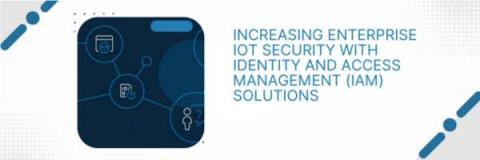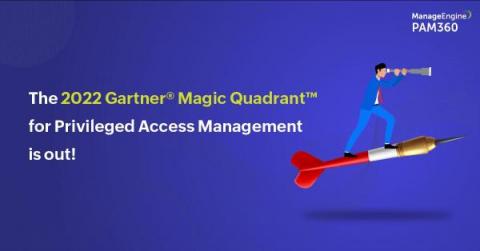What is OAuth? A Complete Explanation
OAuth (pronounced "oh-auth”) is an authorization framework that allows an application to request “secure delegated access” to third-party systems on behalf of the apps’ users or the “resource owner.” Simply put, with OAuth, users can grant websites and applications access to their information on other websites without providing important credentials like passwords. OAuth stands for "Open Authorization”.











